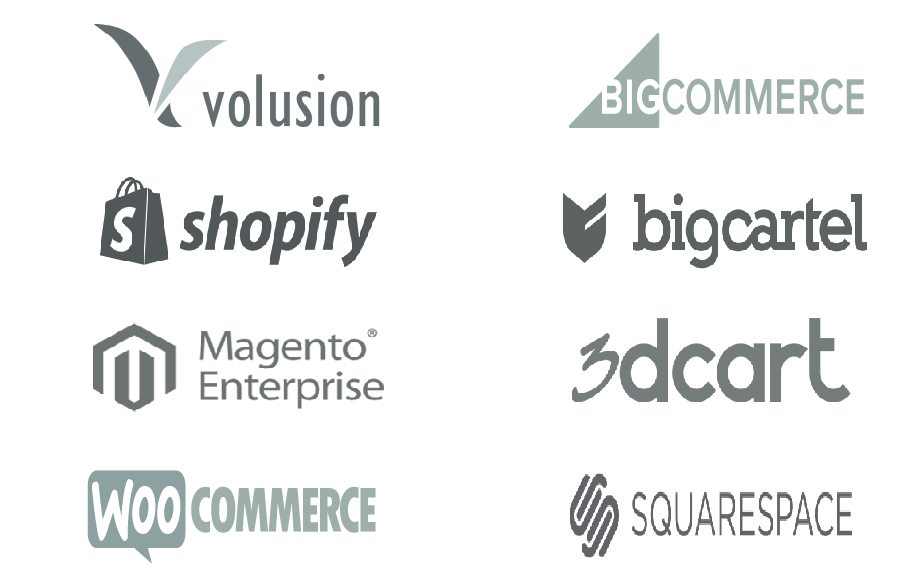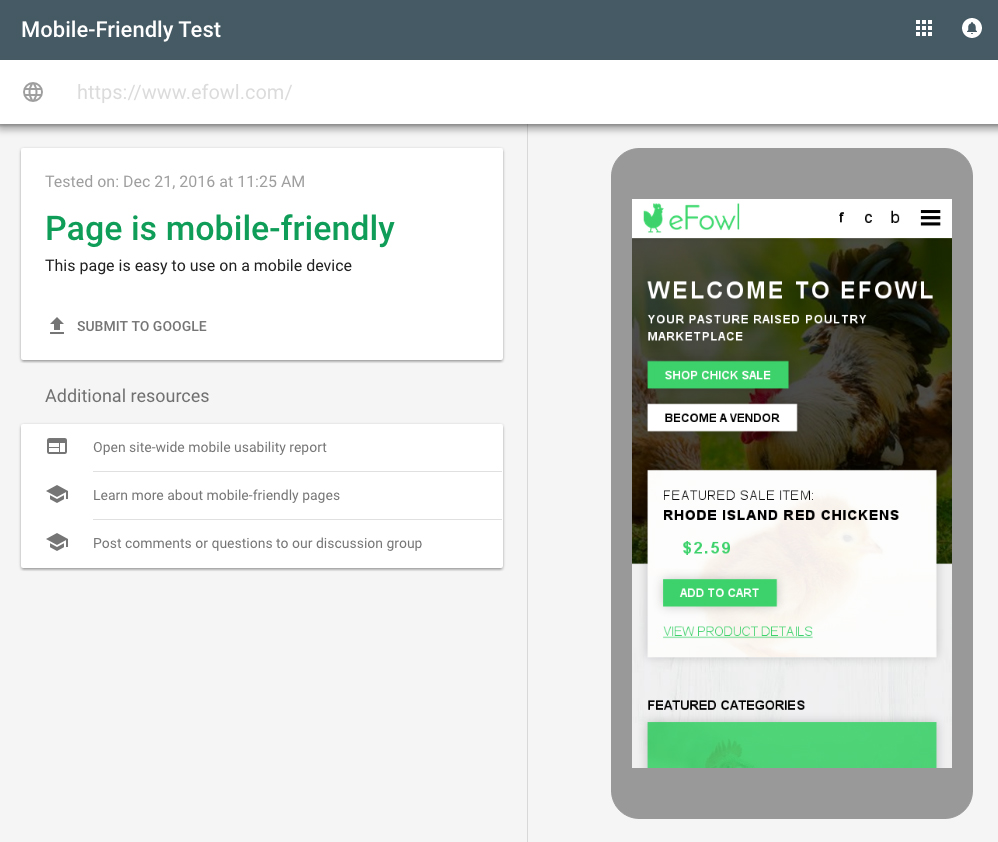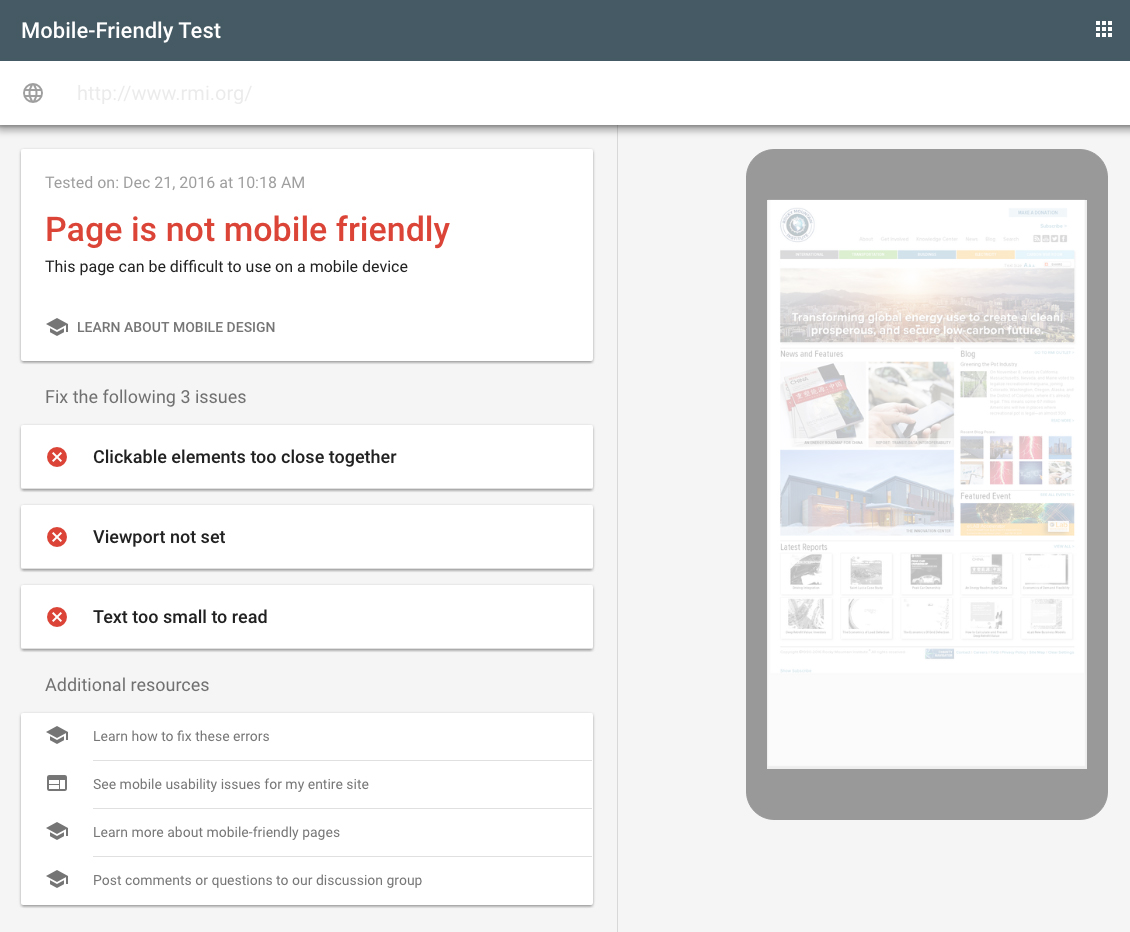A MARKETPLACE GUIDE FOR ENTREPRENEURS, STARTUPS, AND NONPROFITS
eCommerce’s transformative effect on industries, consumer trends, and buying behavior is massive. Singlehandedly, it has the power to heighten or halt your business’s online growth and profitability. Choosing an eCommerce platform for your business is the equivalent of settling on your business’s brick-and-mortar location. The architecture, the maintenance — the decision is huge and the details matter.
The Platform Dilemma
Whether startup or mid-market, never have there been so many readily available eCommerce solutions. From off-the-shelf software to more complex custom integrated options, entrepreneurs now have a wider variety of choice than ever before.
To complicate matters, these marketplace platforms all boast simplified, UX-designed sales journeys with claims to win higher conversion rates than their competitors and most importantly, increased revenue for prospective clients and their online stores.
And when they’re all promising faster loading times, mobile first and advanced user experience design, and superior SEO integrations all rolled into one, how do you decide which platform is going to best deliver results? The idea of sorting through the details and nuances of each platform and its associated plan sounds painful. We get it. So to make your life easier, we’ve invested the time to put together a simple comparative for your entrepreneurial pleasure.
The eCommerce Players
.

As online shopping software and technologies continue to upgrade, business owners large and small are offered unprecedented opportunities to grow their eCommerce websites.
.
Navigating the differences between eCommerce platform giants like Volusion, Shopify, Magneto, Woocommerce and others is difficult; and even more so as businesses grow and real-life functionality needs swell.
To break things down, we’ve reflected on our own eCommerce builds and scoured the web to put together a guide on pricing, perks, and ease of use for some of the biggest names in eCommerce software.

Website Loading Speed
A powerhouse metric when it comes to forecasting bounce rates and indicative of more time spent on page, in our experience, this is one of the most critical factors to consider when exploring ecommerce options. As we’ve all experienced firsthand, attention spans are limited and without a doubt, potential customers will abandon ship the moment they believe a site is taking too long to load. It’s even been proven: faster loading sites reap the reward of increased time spent on site and increased sales. Because of this, during discovery and exploration of ecommerce options, it’s our recommendation to keep this at top tier when comparison shopping. More time on site adds to browse time, product or service exploration, and a padded opportunity to connect with potential customers.
Our best advice on this – nix leaving money on the table by ensuring your site is optimized and performance tested frequently. Redefining the 3-second rule: at a 3.39s average, ecommerce loading times are continue to improve but some are definitely leading the pack. Load times that exceed 3 seconds are asking a whole lot of patience from their users and aren’t likely to be given it. By choosing a competitively timed solution that is optimized for your needs and closely monitored, you’ll be able to nix drop-off customers due to lagged load times and subsequent loss of interest.
Cross Device
At the risk of stating the obvious here, it must be said: MOBILE is on the path to device domination. And while the majority of online purchases are still made on desktop, the data shows that exploration and consumer discovery begins in the palm of one’s hand. Studies have shown that mobile-based pre-purchase research is on the rise, meaning consumers are relying on their phones first to research the products they are interested. Skip responsive design and you ultimately ignore this growing demographic and change in behavior. Bottom line: developing and launching a site without consideration to mobile users is taking the wrong approach. The industry standard of eCommerce design includes an implementation that offers a unified user-experience with consistency and flexibility across devices. When compiling an eCommerce strategy with clients, we place great emphasis on developing a solution that is accommodating to all shoppers, whether browsing from their iPhone or desktop PC. Another up-and-coming ecommerce cross device trend that has been noted is the increase in large screen eCommerce browsing and shopping. Consumers are starting to use their high-definition tvs for more than just series binging. What that means is that marketplace imagery and design files must be “small screen” ready for their closeup. With a responsively designed eCommerce site, you can rest assured that your business is presentation ready across all devices being used.
Passing Google’s Mobile Friendly Test


Since April of 2015, Google has made it known that the mobile friendliness of sites is a major ranking signal on their search engine radar. On average, eCommerce platforms earn from Google a rating of 85 out of 100. This score is a compilation of variables that can be tested and reviewed from Google’s webmaster tools dashboard for your verified site. The key factors include view configuration, font legibility, use of compatible plugins, content to viewport, size and proximity of links. The quickest way to determine just how amazing or awful your eCommerce site is on mobile – go straight to the source and run a Google diagnostic.
Once completed the one-minute analysis can deliver mission critical info about your marketplace platform and overall site performance with feedback. If the aforementioned rules need be addressed, Google will call out these issues along with resources on how to address the mobile design defects. The above example, while not completely bombing Google’s mobile-friendly test, does not fare well. The analysis points out three issues: including legibility problems because of diminutive text size, an undefined viewport creating difficulty for users across non-desktop devices, and last too-close links that are awkward or near-impossible to click.
The goal here is simple, and this is true for all sites, a mobile-friendly experience makes it easy for users to fluidly browse and shop across all devices. When sites and their eCommerce platforms are built responsively the result is a flexible eCommerce user experience that drives up sales and effectively changes the way consumers shop.
SEO Rating
Reviewing search engine optimization and how the competition stacks up. For starters, a ridiculous amount of time could be dedicated to this subject. The SEO rating of the actual marketplace is just one angle to inspect. A successful eCommerce site will boast comprehensive SEO strategy throughout its pages. Now – like many software integrations – some products are better than others when it comes to SEO. Moz does a great job at breaking down features to consider as you comparison shop. The skinny – pay attention to features like SEO-friendly URLs, granular page title control, 301 redirects, canonicalization, search-friendly navigation structures, taxonomy options, automated XML sitemaps, and more.
Just be sure to understand the differences when comparing side-by-side performance. A minor gain in SEO rating at the sacrifice of other integral components to your online marketplace may not be worth it. One other SEO insight is the belief that white-hat practices and long-term strategies for your ecommerce enterprise earn those who invest long-term gains. What are white-hat practices? Most simply it’s the idea that SEO should be built for humans first. Its high quality content that provides something useful to its readers. Good platforms adhere to an ethical implementation of content and ignore any shady practices that ultimately do more harm. Think of weighing the pros and cons of platform SEO ratings as one of many building blocks of your online business.
Ease of Use
A powerhouse metric when it comes to forecasting bounce rates and indicative of more time spent on page, in our experience, this is one of the most critical factors to consider when exploring eCommerce options. As we’ve all experienced firsthand, attention spans are limited and without a doubt, potential customers will abandon ship the moment they believe a site is taking too long to load. It’s been proven: faster loading sites reap the reward of increased time spent on site. More time on site adds to browse time, product or service exploration, and a padded opportunity to connect with potential customers. Our best advice on this – nix leaving money on the table by ensuring your site is optimized and performance tested frequently. Redefining the 3-second rule: at a 3.39s average, eCommerce loading times are continue to improve but some are definitely leading the pack. Load times that exceed 3 seconds are asking a whole lot of patience from their users and aren’t likely to be given it.
Summary
The best practice eCommerce solutions are designed to accommodate perennial growth. What’s the use of building out the perfect marketplace if it doesn’t scale? eCommerce businesses that plan for long-term success realize the importance of a platform that is flexible and sturdy. A well-designed platform lacks pain points and stopgap solutions. It arms online entrepreneurs with the tools to focus on marketing and revenue growth. The choice solution is able to serve a full range of sales opportunities, both in the short and long term. Also, there’s no turning back, a responsive eCommerce design is paramount as businesses look to gain every competitive advantage. Not all shopping carts experiences are created equal and gone are the days of desktop dominance. By leveraging responsive design, UX across all platforms is then preserved and equalized. Ease of mobile research and shopping is then guaranteed because a streamlined experience is prioritized. Deploying a responsive eCommerce design to users allows businesses to finalize more purchases and sell more product, regardless of the transaction device.
Next — time saved by automated processes and improved functionality is invaluable. A quick story: a marketplace client came to us with a common problem. It had been using the same ecommerce platform over the last few years and the short-term bandaids had begun to take their toll. Suddenly day-to-day operations were pushed to the side in order to address functionality issues of the marketplace software. Long story short, we migrated the client from Volusion over to Woocommerce and were able to seamlessly integrate patchwork tools and solutions into one while. Plugged into a custom-built WordPress framework, the eCommerce software integration is predicted to save hundreds of hours for the company over the coming months. These types of automated processes allow teams to work smarter and not harder. The takeaway here is that sometimes an off-the-shelf solution is the answer (and the research above is what will empower you with the necessary information) and other times a customized solution is what is needed. As no two ecommerce businesses are the same, neither are the marketplace solutions.
Ultimately, the right eCommerce solution should provide a scalable model. It should optimize the sales process for the online marketplace, its customers, and its internal managers. And it should keep the customer and their shopping experience at the forefront of its design. By recognizing the importance of a few critical factors to eCommerce website development, the focus emphatically remains on intelligent design. An solid ecommerce solution that is integrated into a well-designed website is going to earn an advantage over a clunky, slow-loading, desktop designed website every time because consumers expect more.
As complicated as the interconnectivities and relationships are between the components of a well-designed eCommerce site – think vendors, shipping, pricing, load times, SEO strategies, responsive design, usability and overall customer experience – when built intelligently these critical components are then never lost. Best practice eCommerce solutions are a combination of both integrative and adaptive design. Basically, designing for ease of use by customers and planning for operational growth is what takes an eCommerce platform from good to great. Invest in a solution that will serve your every need in the present and one that will allow you some leg room as online sales begin to take off.
TLDR: The best online marketplace solution is self-preserving, resilient, and built to scale. An upfront investigation into a well-thought-out design and optimized integration is guaranteed to pay your business and its customers dividends for years to come. Define critical components for the success of your business and if you’re still not entirely sure, reach out to us. Marketplace solutions come in all shapes and sizes and we’re always up for a challenge.

